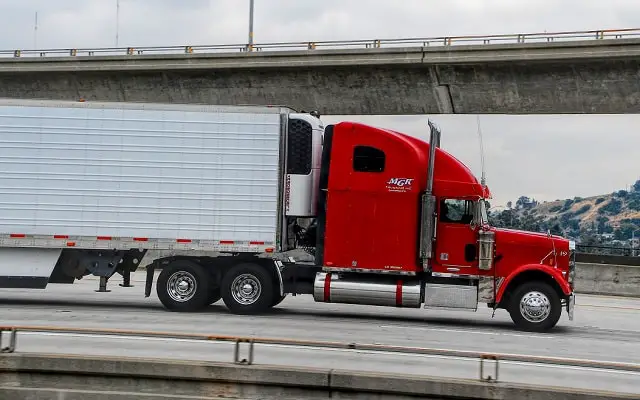In order to legally drive vehicles like semi-trucks, school buses, or tank trucks, you must receive a special type of license in your state known as a Commercial Drivers License, more commonly known as a CDL license. Depending on which type of vehicle you intend to drive, and what you intend to use it for, you will need to receive the proper class of CDL license. Below are the different types of CDL licenses that exist:
Class A CDL License
This is the most common type of CDL license, and allows drivers to operate vehicles with a Gross Vehicle Weight Rating (GVWR) of 26,001 pounds or more, as well as any trailer weighing 10,000 pounds or more that is attached to the vehicle. These types of vehicles can include:
- Semi-trucks
- Tractor trailers
- Tank trucks
- Flatbed trucks
- Livestock carriers
To obtain a Class A CDL license, drivers must first pass a written exam, as well as a skills test that is specific to the type of vehicle they will be driving.
Class B CDL License
Class B CDL licenses are less common than Class A, and allow drivers to operate vehicles with a GVWR of 26,001 pounds or more, as well as any trailer weighing 10,000 pounds or less that is attached to the vehicle. These types of vehicles can include:
- Straight trucks
- Dump trucks
- Large passenger buses
Drivers must pass a written exam to obtain a Class B CDL license. In addition, they must also pass a skills test that corresponds with the type of vehicle they will be driving.
Class C CDL License
Class C CDL licenses are the least common type of CDL license, and allow drivers to operate vehicles with a GVWR of 26,001 pounds or less. Drivers with a Class C license can also tow vehicles with a GVWR of 10,000 pounds or less. In order to obtain a Class C CDL license, drivers must pass the appropriate knowledge and skills tests for the type of vehicle they wish to operate.
Class C CDL licenses are typically only required for smaller vehicles such as:
- Passenger cars
- Vans
- Light trucks
- Busses
However, there are some exceptions where a Class C license may be required to operate a larger vehicle. For example, in some states a Class C license is required to operate a school bus or ambulance.
The process of obtaining a Class C CDL license is generally the same as for other types of CDL licenses. Drivers must first obtain a learner’s permit by passing the written knowledge test for the type of vehicle they wish to operate. They must then pass the skills test, which consists of a road test and a pre-trip inspection test. Once these tests are successfully completed, the driver will be issued a Class C CDL license.
There are some states that require additional endorsements on a Class C license in order to operate certain types of vehicles. For example, in order to operate a school bus in some states, drivers must have an endorsement on their Class C license.
The requirements for obtaining a Class C CDL license vary from state to state, so it is important to check the requirements of the state in which you plan to operate a vehicle. In most cases, a Class C license can be obtained by passing the written and skills tests described above. However, some states may have additional requirements, such as a minimum age requirement or a background check.
Image credit:
Chris Yarzab, CC BY 2.0, via Wikimedia Commons

